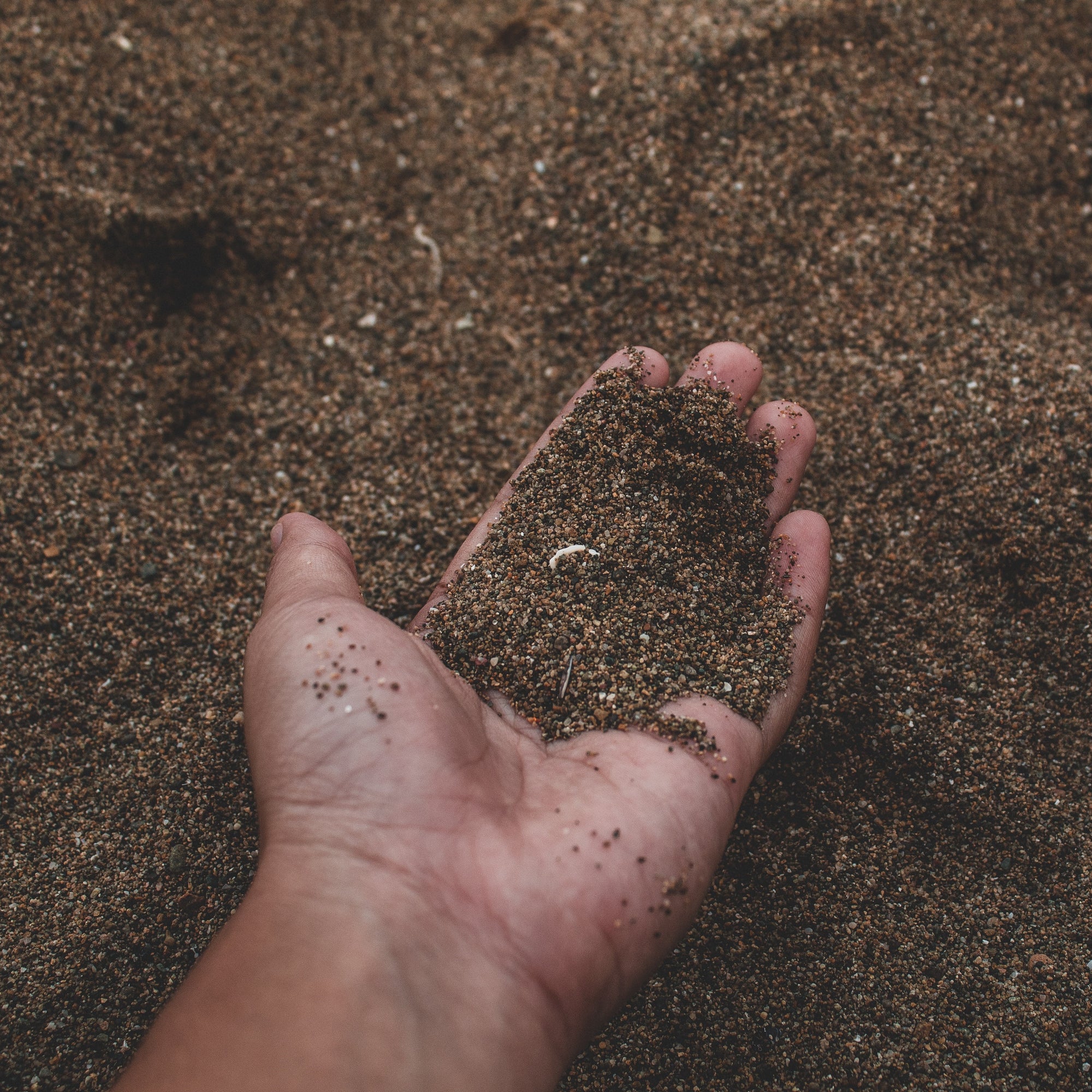How to Easily Determine Your Soil Type
•Posted on May 09 2019

A lush summer lawn is the American Dream – bright green grass, vivid flowers, and shady trees.
Having curb appeal that makes you the envy of the neighborhood is easier than you think, and it all comes down to understanding the characteristics of your soil and any soil erosion you may have.
What Are the Different Types of Soil?

There are four main types of soil that homeowners in the U.S. have:
- Sand - made up of small mineral particles, warms fast and drains easily, but may cause your plants to be dehydrated during warmer months.
- Silt – fertile and similar in texture to sand but without minerals and better water retention.
- Clay - finely grained, difficult to work with and easily waterlogged which may make it difficult for your plants to establish roots.
- Loam - considered the perfect soil, combining elements of sand, silt, and clay. It's easy to work with and retains water well, yet not enough to waterlog your plants.
How Does Your Soil Type Affect the Health of Your Garden?

Depending on the type of soil in your garden, you may choose plants that thrive in hotter weather, like succulents, if your soil type is primarily sand. Plants with thicker, heartier roots, such as irises or ornamental grasses, may do better in clay.
Understanding your soil determines how often you water, whether or not you'll need to purchase water-soluble fertilizer, and the type of garden method you'll use.
How Do You Determine What Kind of Soil You Have?

There's an easy, at-home method to determine your soil type.
- Gather soil samples from different areas in your garden. You want to dig 6 to 8 inches deep.
- Let the soil dry on a flat surface until it becomes crumbly.
- Remove any roots and debris and crush it with a mortar or rolling pin.
- Place a one-inch thick layer of the soil mixture in the bottom of a clear glass jar.
- Fill the jar two-thirds full with water and a pinch of salt and shake.
- Allow the soil to settle – you should be able to see the different particles: sand particles will settle out first. Silt will be next. Last will be clay and any organic matter will float at the top.
- After 24 hours, measure the total amount of the soil and then the fraction that each type makes up. For example, you may have 30% sand, 40% silt, and 30% clay.
Once you determine your percentages, you can use the chart below to determine the overall soil type.

Let's say our soil sample measured out to the following percentages: 70% sand, 10% clay and 20% silt.
First, we will locate 70 on the bottom of the chart that says "Sand." Then, we would move to the left and locate 10 on the side that says "Clay."
After, we will move to our right and find the 20 on the side that says "Silt." Finally, we can mark the point where these three lines meet and note the area.
In this case, our measurements landed us in the "Sandy Loam" area.
Is There an Ideal Soil Type For Gardening?
Most soils are comprised of a mixture of sand, silt, and clay, although loam is considered the ideal type.
This mixture is specifically 40 percent sand, 40 percent silt, and 20 percent clay. It provides adequate drainage, has good water retention, and is fertile, like silt.
How Can You Improve Your Soil?
There are several ways to improve poor soil. For sandy soils, compost, top soil and dehydrated manure are good options to make the soil less porous.
If you have clay soil, adding Gypsum, sand and compost will help break up the heavy clay particles and create openings for soil and water.
Silt soil benefits most by incorporating more organic matter found in cover crops (Alfalfa Meal is a good one), Kelp Meal, mulch and compost.
If these methods don't prove successful, you can also add worms to your soil and top with a layer of compost and mulch.
You can shop more of our fertilizers recommended to improve the texture of your soil, by browsing through our selection below.
Happy growing!
Related Posts:
- How Soil Erosion Affects Your Garden and What You Can Do About it
- The 5 Fertilizers That Will Also Encourage Soil Health
- Should You Worry That Your Soil is Contaminated?
Comments
0 Comments
Leave a Comment